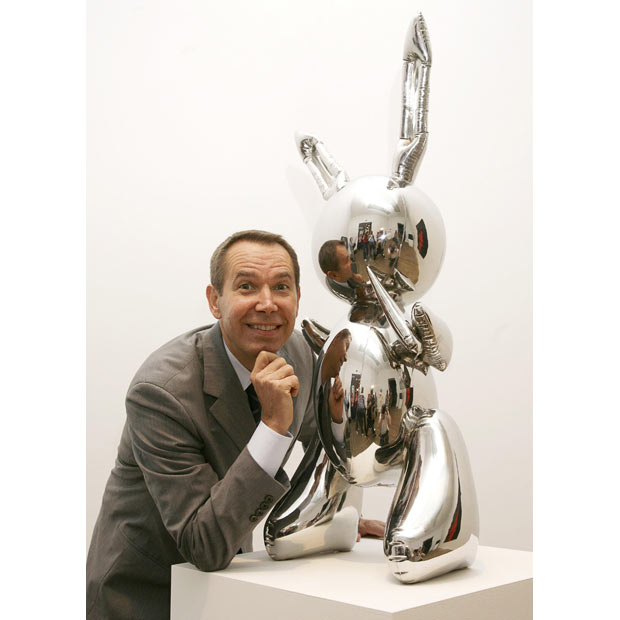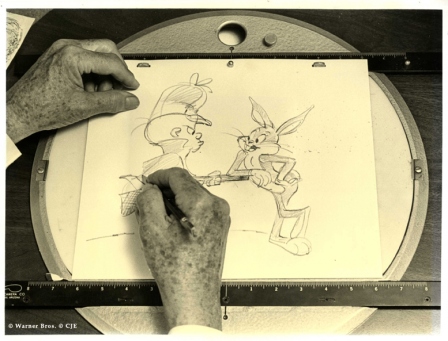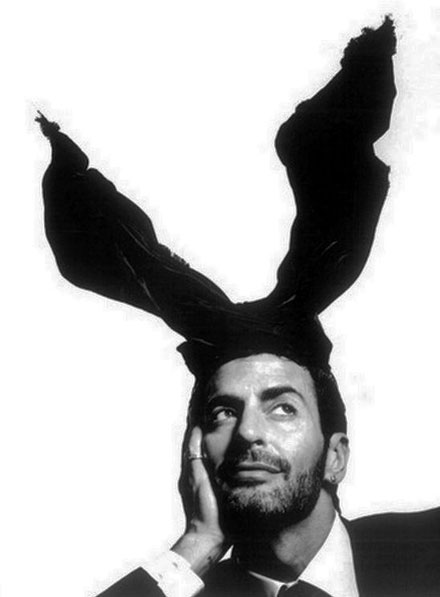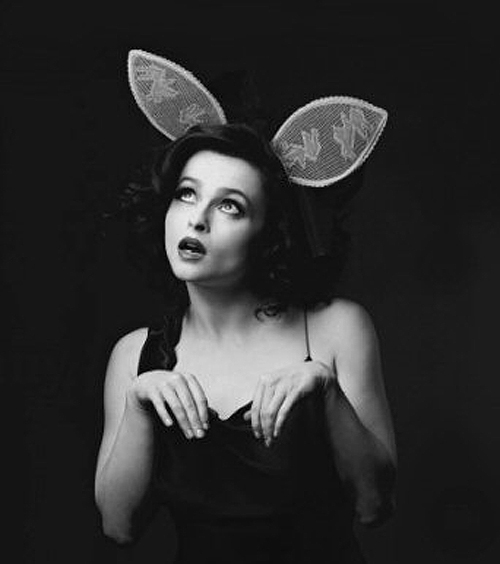 Color of the Nation, Photo: KT Auleta for Vogue Russia, September 2008
Color of the Nation, Photo: KT Auleta for Vogue Russia, September 2008
It could be said that when it came to fashion shows, Alexander McQueen put all his eggs in one basket. At no time was this more evident than his 2008-2009 Autumn/Winter collection, when he showcased a selection of the renowned Яйца Фабержé (Fabergé eggs) alongside his garments as if they were accessorizes.
Alexander III (known historically as The Peacemaker) and Nicholas II of Russia (the last Emperor of Russia, nicknamed Bloody Nicholas by his enemies) commissioned the most famous Imperial Eggs as Easter gifts. That’s why the name, Imperial, typically refers to products made by the company before the 1917 Revolution. Through the years, sadly, the use of the Fabergé name has occasionally been disputed, and the trademark has been sold several times since the Fabergé family left Russia after 1917. As a result of this, several companies have subsequently retailed egg-related merchandise using the Fabergé name. The trademark is currently owned by Fabergé Limited, which also makes egg-themed jewelry.
In 1885, to celebrate the 20th anniversary of their betrothal, Tsar Alexander III commissioned famed jeweler, Carl Faberge, to create an egg crafted from gold, with an opaque white enameled shell to give to his wife, the Empress Maria Fedorovna. It is believed that the Tsar’s inspiration for the piece was an egg owned by the Empress’s aunt, Princess Vilhelmine Marie of Denmark, which had captivated Maria’s imagination in her childhood. He commissioned another egg the following year.
After that, Peter Carl Fabergé, who headed the House, was apparently given complete freedom for future Imperial Easter Eggs, and subsequently the intricacy and mechanical genius of the designs became more elaborate. According to the Fabergé family tradition, not even the Tsar knew what form they would take: the only requirement was that each one should contain a surprise. Following the death of Alexander III on November 1, 1894, his son presented a Fabergé egg to both his wife, the Empress Alexandra Fedorovna, and to his mother, the Dowager Empress Maria Fedorovna.
No eggs were made for 1904 and 1905 because of the disastrous Russo-Japanese War which depleted much of the resources of the Russia and which helped pave the way for the eventual revolution. Once an initial design had been approved by Peter Carl Fabergé, the work was carried out by an entire team of craftsmen, among them Michael Perkhin, Henrik Wigström and Erik August Kollin.
The Imperial eggs enjoyed great fame, and Fabergé made some other large eggs for a few select private clients, such as the Duchess of Marlborough, the Nobels, the Rothschilds and the Yusupovs. A series of seven eggs was made for the industrialist Alexander Kelch.
Historically, in many cultures, eggs are employed as symbols of fertility and rebirth, pre-dating Christian and Eastern Orthodox Church traditions. The practice of decorating eggshell is ancient. Ostrich eggs with engraved decoration that are 60,000 years old have been found in Africa. Decorated ostrich eggs, and representations of ostrich eggs in gold and silver, were commonly placed in graves of the ancient Sumerians and Egyptians as early as 5,000 years ago. In particular, the custom of the Easter egg originated among the early Christians of Mesopotamia, who stained eggs red in memory of the blood of Christ, shed at his crucifixion. The Christian Church officially adopted the custom, regarding the eggs as a symbol of the resurrection; in A.D. 1610, Pope Paul V proclaimed the following prayer:
“Bless, O Lord! We beseech thee, this, thy creature of eggs, that it may become a wholesome sustenance to thy faithful servants, eating it in thankfulness to thee on account of the resurrection of the Lord.”
A sacred tradition among followers of Eastern Christianity says that Mary Magdalene was bringing cooked eggs to share with the other women at the tomb of Jesus, and the eggs in her basket miraculously turned brilliant red when she saw the risen Christ. The egg represents the boulder which blocked the entrance to the tomb of Jesus.
 Dieric Bouts, The Last Supper (1464-1467). Bouts did not focus on the biblical narrative itself but instead presented Christ in the role of a priest performing the consecration of the Eucharistic host (a Latin word which means “sacrificial victim”). In this painting the sacramental bread (an ulterior symbol of Christ’s body) has an oval shape.
Dieric Bouts, The Last Supper (1464-1467). Bouts did not focus on the biblical narrative itself but instead presented Christ in the role of a priest performing the consecration of the Eucharistic host (a Latin word which means “sacrificial victim”). In this painting the sacramental bread (an ulterior symbol of Christ’s body) has an oval shape.

Detail from the illuminated manuscript Psalter of Ingeborg, Denmark (c. 1213). The egg-shape is a key-motif in this religious scene.
 Vincent Van Gogh, Field with Two Rabbits
Vincent Van Gogh, Field with Two Rabbits Drawing from original manuscript of Alice in Wonderland illustrated by Lewis Carroll
Drawing from original manuscript of Alice in Wonderland illustrated by Lewis Carroll Illustration by Arthur Rackham
Illustration by Arthur Rackham Salvador Dalí, Down the Rabbit Hole
Salvador Dalí, Down the Rabbit Hole According to Arthur Paul, the designer of the playboy logo, he chose the rabbit because of its “humorous sexual connotation” and also because the representation was “frisky and playful”. The playboy logo is undoubtedly mischievous in its nature.
According to Arthur Paul, the designer of the playboy logo, he chose the rabbit because of its “humorous sexual connotation” and also because the representation was “frisky and playful”. The playboy logo is undoubtedly mischievous in its nature. Terence Koh, Boy by the Sea (2008)
Terence Koh, Boy by the Sea (2008)
 Illustration by Han Hoogerbrugge
Illustration by Han Hoogerbrugge John Updike may have chosen the name Rabbit for his character for its echo of Sinclair Lewis’s Babbitt (1922). Previously to Rabbit, Run (1961),Updike had written a short story entitled Ace In The Hole, and to a lesser extent a poem, Ex-Basketball Player, with similar themes to this series.
John Updike may have chosen the name Rabbit for his character for its echo of Sinclair Lewis’s Babbitt (1922). Previously to Rabbit, Run (1961),Updike had written a short story entitled Ace In The Hole, and to a lesser extent a poem, Ex-Basketball Player, with similar themes to this series. “It had a bed, a table, and a chair. The table had a lamp on it, a lamp that had never stopped burning in anticipation of her return, and on the lamp perched a butterfly with two large eyes painted on its widespread wings. Tereza knew she was at her goal. She lay down on the bed and pressed the rabbit to her face.”
“It had a bed, a table, and a chair. The table had a lamp on it, a lamp that had never stopped burning in anticipation of her return, and on the lamp perched a butterfly with two large eyes painted on its widespread wings. Tereza knew she was at her goal. She lay down on the bed and pressed the rabbit to her face.” 
 Who Framed Roger Rabbit? (Robert Zemeckis, 1989). The Wolf and other characters were based on Tex Avery’s Red Hot Ridding Hood.
Who Framed Roger Rabbit? (Robert Zemeckis, 1989). The Wolf and other characters were based on Tex Avery’s Red Hot Ridding Hood. The animation of Cool World (Ralph Bakshi, 1992) was strongly influenced by the house styles of Fleischer Studios and Terrytoons. Bakshi had originally intended to cast Drew Barrymore instead Kim Bassinger in the film’s leading role.
The animation of Cool World (Ralph Bakshi, 1992) was strongly influenced by the house styles of Fleischer Studios and Terrytoons. Bakshi had originally intended to cast Drew Barrymore instead Kim Bassinger in the film’s leading role.







 Chuck Jones and Bugs Bunny
Chuck Jones and Bugs Bunny


























 Elsa Peretti in a Halston-designed Bunny costume, photographed by Helmut Newton in New York City, 1975
Elsa Peretti in a Halston-designed Bunny costume, photographed by Helmut Newton in New York City, 1975 
 Playboy-inspired logo bathing suit
Playboy-inspired logo bathing suit





















































































